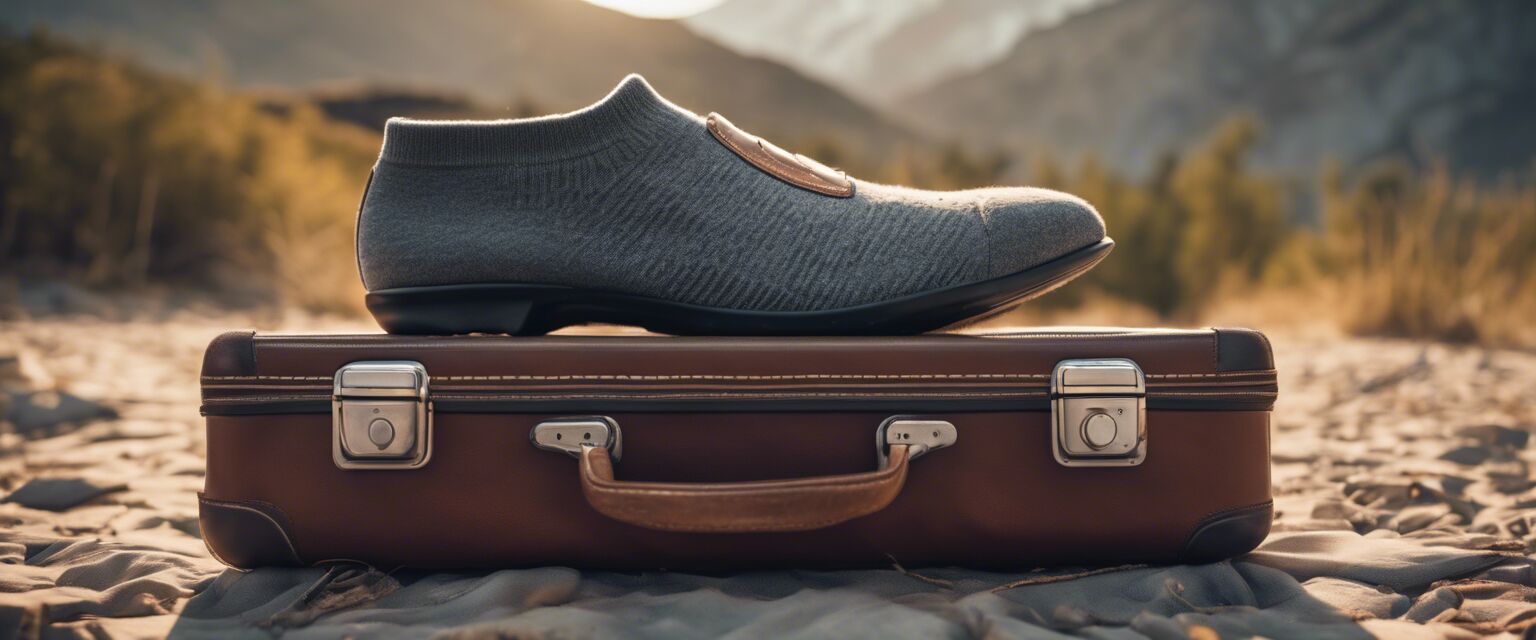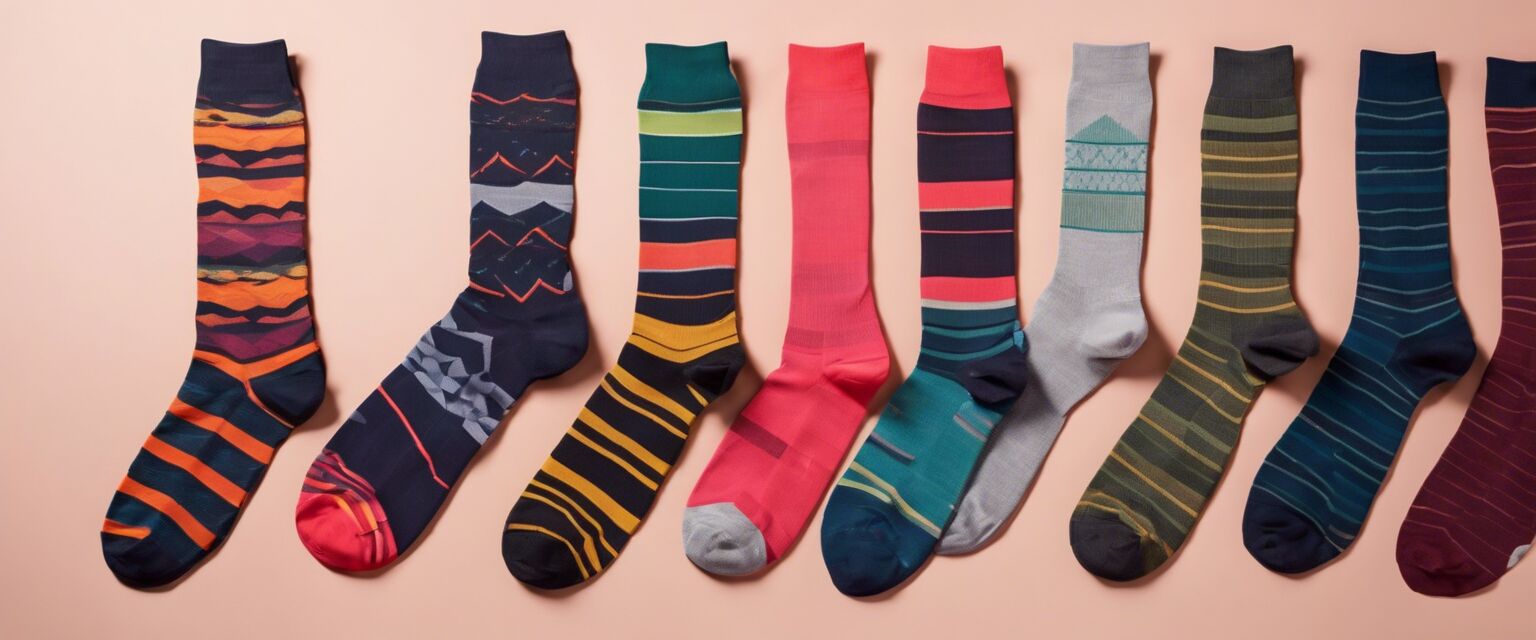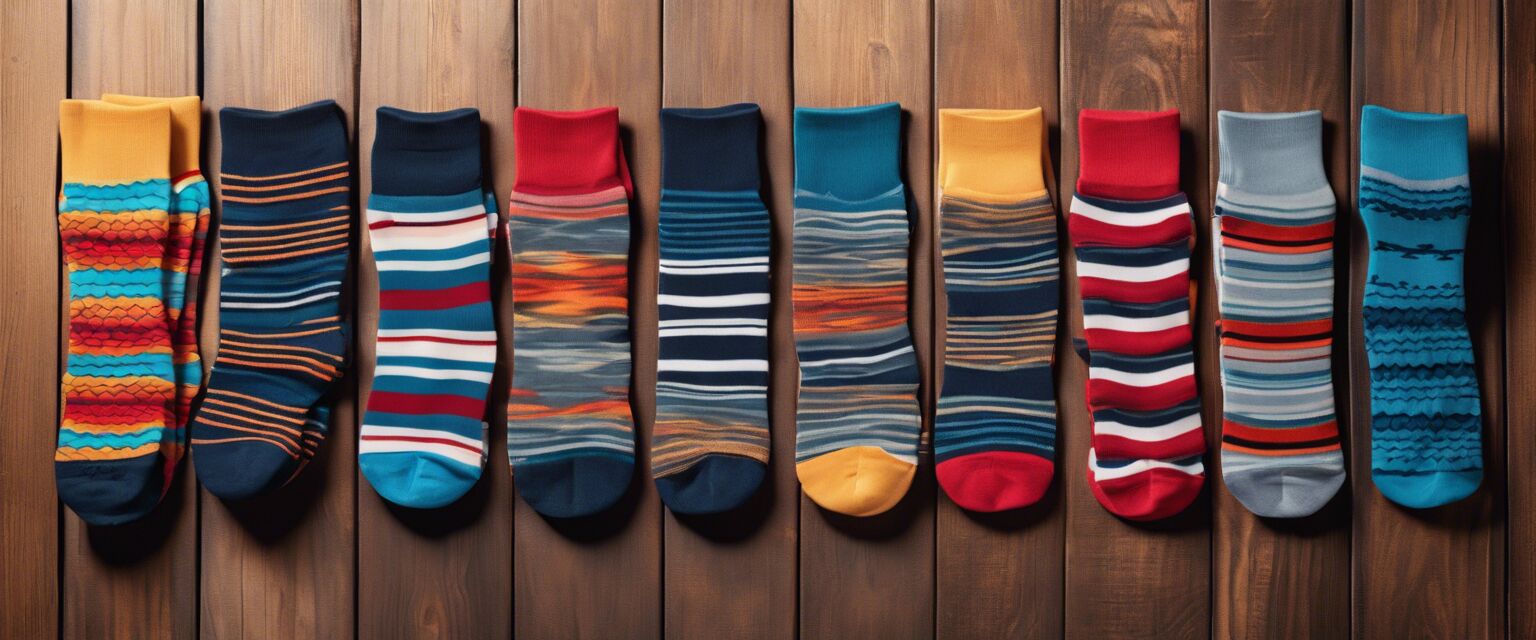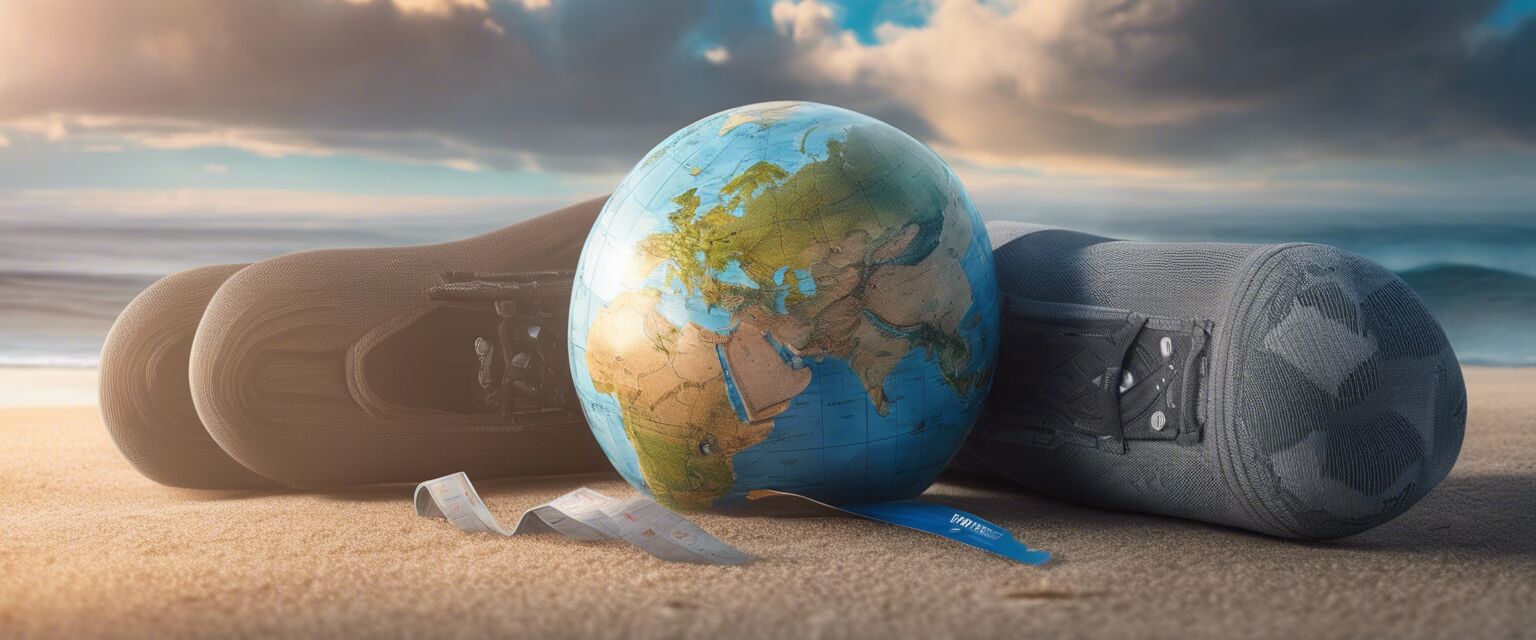
Compression Socks for Different Climate Conditions
Are you planning a trip to a region with extreme weather conditions? Do you want to ensure your legs stay comfortable and healthy during your journey? Compression socks can be a great addition to your travel gear, but it's essential to choose the right pair for the climate you'll be visiting. In this article, we'll provide you with tips on selecting compression socks for various climates.
Key Takeaways
- Moisture-wicking materials are ideal for hot and humid climates.
- Thermal insulation is essential for cold climates.
- Compression socks with breathable materials are suitable for moderate climates.
- Consider the activity level and terrain when choosing compression socks.
Understanding Climate Zones
Before we dive into choosing compression socks for different climates, it's essential to understand the various climate zones. Climate zones can be broadly classified into five categories:
| Climate Zone | Description | Examples |
|---|---|---|
| Hot and Humid | High temperatures and humidity levels above 60% | Tropical regions, summer in the southern United States |
| Cold | Low temperatures, often below freezing | Arctic regions, winter in the northern United States |
| Moderate | Mild temperatures, moderate humidity | Spring and autumn in most regions, Mediterranean climate |
| Desert | High temperatures, low humidity | Desert regions, summer in the southwestern United States |
| Mountainous | Variable temperatures, low oxygen levels | Mountainous regions, high-altitude areas |
Choosing Compression Socks for Hot and Humid Climates
When traveling to hot and humid climates, it's essential to choose compression socks that keep your legs cool and dry. Look for socks made from moisture-wicking materials like nylon, polyester, or merino wool. These materials will help keep your legs dry and comfortable, even in the most sweltering conditions.
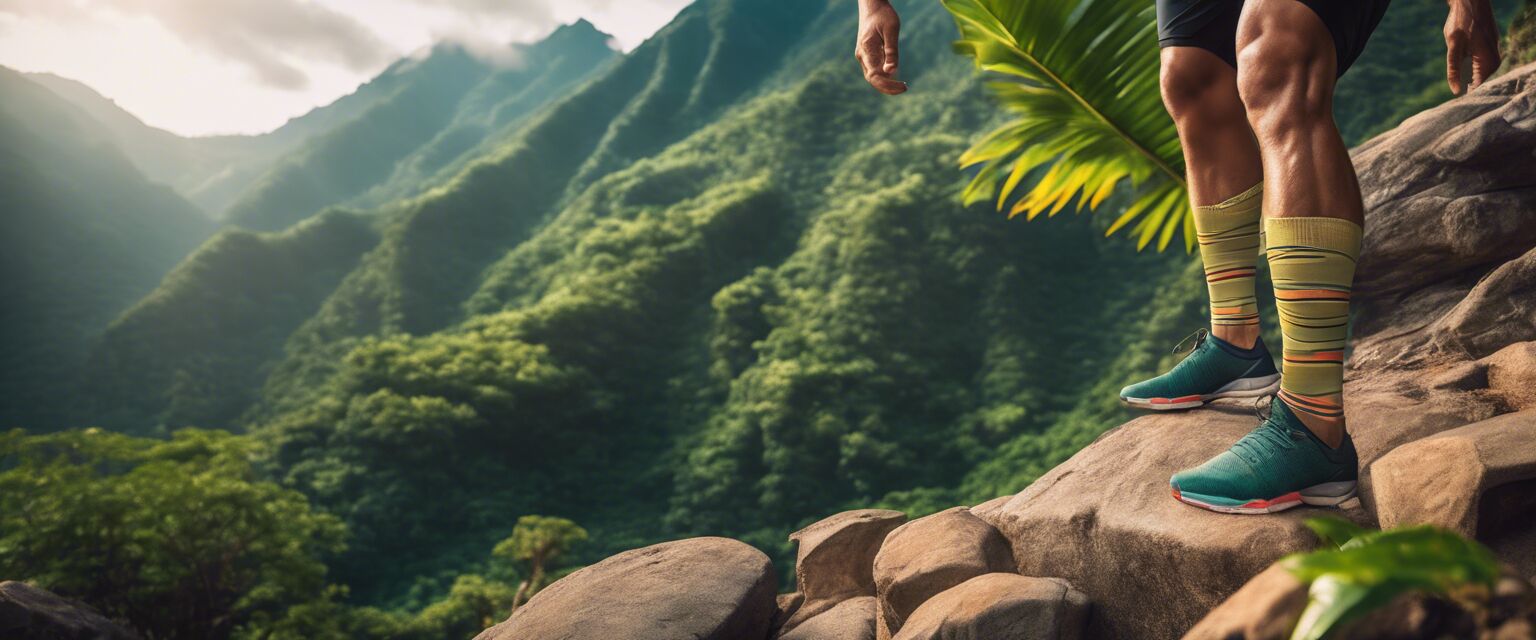
Choosing Compression Socks for Cold Climates
In cold climates, thermal insulation is key. Look for compression socks made from materials like fleece, wool, or synthetic fabrics that provide warmth without compromising breathability. You may also consider socks with a higher compression level to improve blood flow and keep your legs warm.

Choosing Compression Socks for Moderate Climates
In moderate climates, you'll want compression socks that provide a balance of breathability and compression. Look for socks made from breathable materials like mesh panels or moisture-wicking fabrics. These socks will keep your legs comfortable and supported, without overheating or restricting movement.
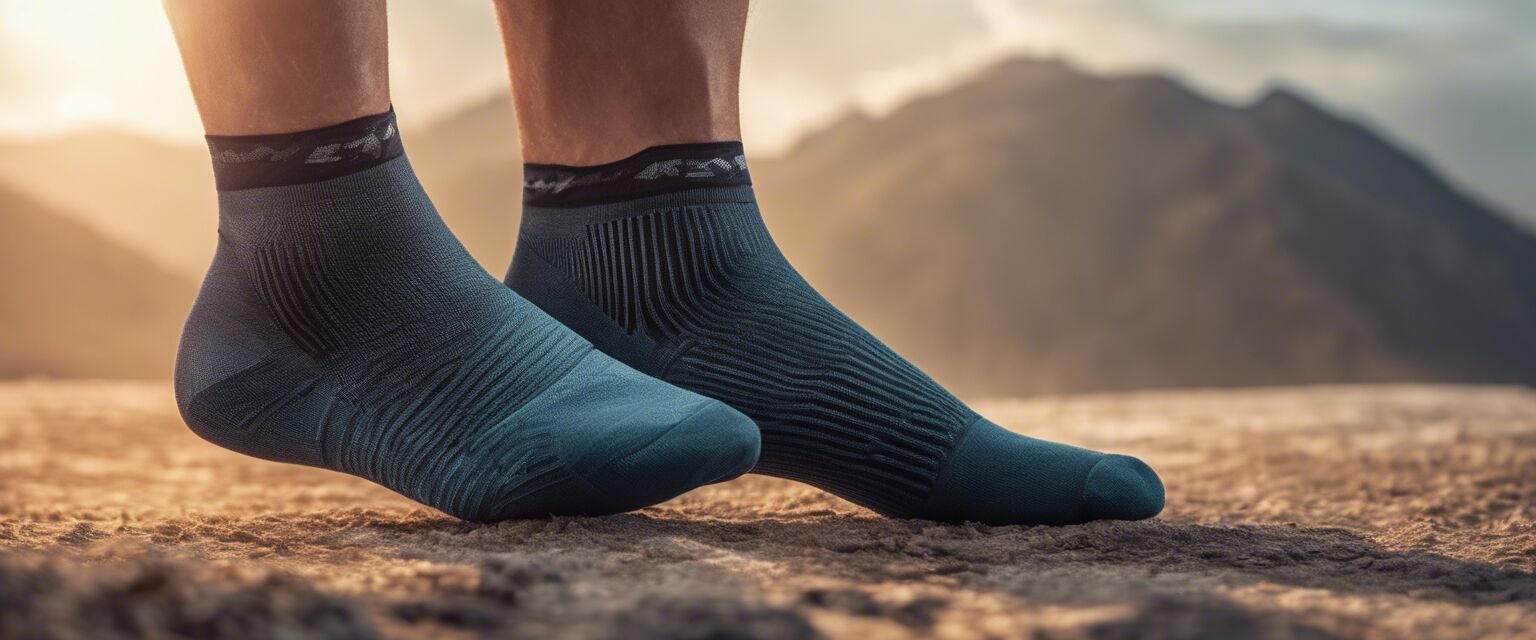
Additional Considerations
In addition to the climate, consider the activity level and terrain when choosing compression socks. If you'll be engaging in high-intensity activities like hiking or running, choose socks with additional support and cushioning. If you'll be traveling to areas with rough terrain, choose socks with added durability and protection.
For more information on choosing compression socks for travel, check out our Travel Accessories page.
Pros
- Compression socks can improve circulation and reduce fatigue.
- They can provide support and comfort during long journeys.
- Compression socks can help reduce swelling and alleviate pain.
Cons
- Compression socks may be uncomfortable for some individuals.
- They may require additional care and maintenance.
- Some compression socks may be too tight or constricting.
Beginners Section
New to compression socks? Here are some tips to get you started:
- Choose compression socks that fit comfortably and provide the right level of compression for your needs.
- Wear compression socks during long journeys or periods of inactivity.
- Consider consulting a healthcare professional if you have any underlying medical conditions.
By following these tips and considering the climate, activity level, and terrain, you can choose the right compression socks for your next adventure. Happy travels!
